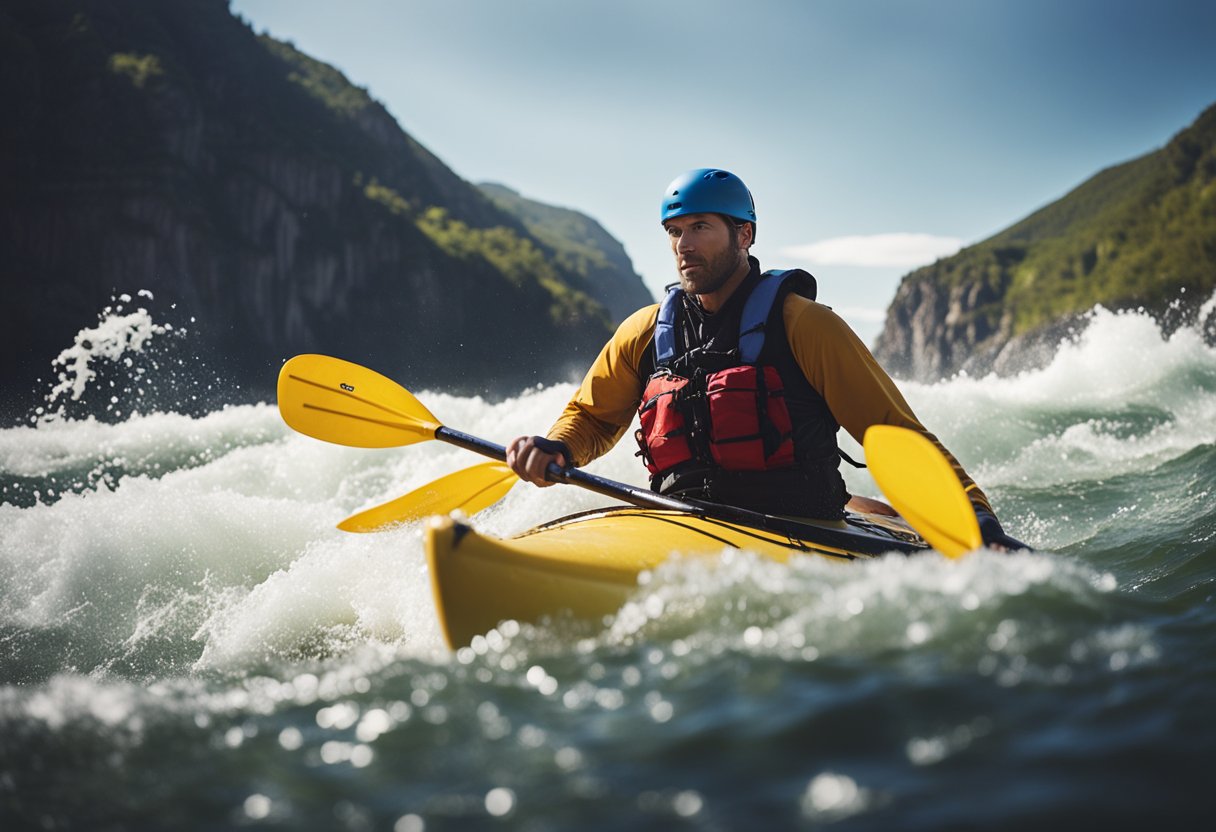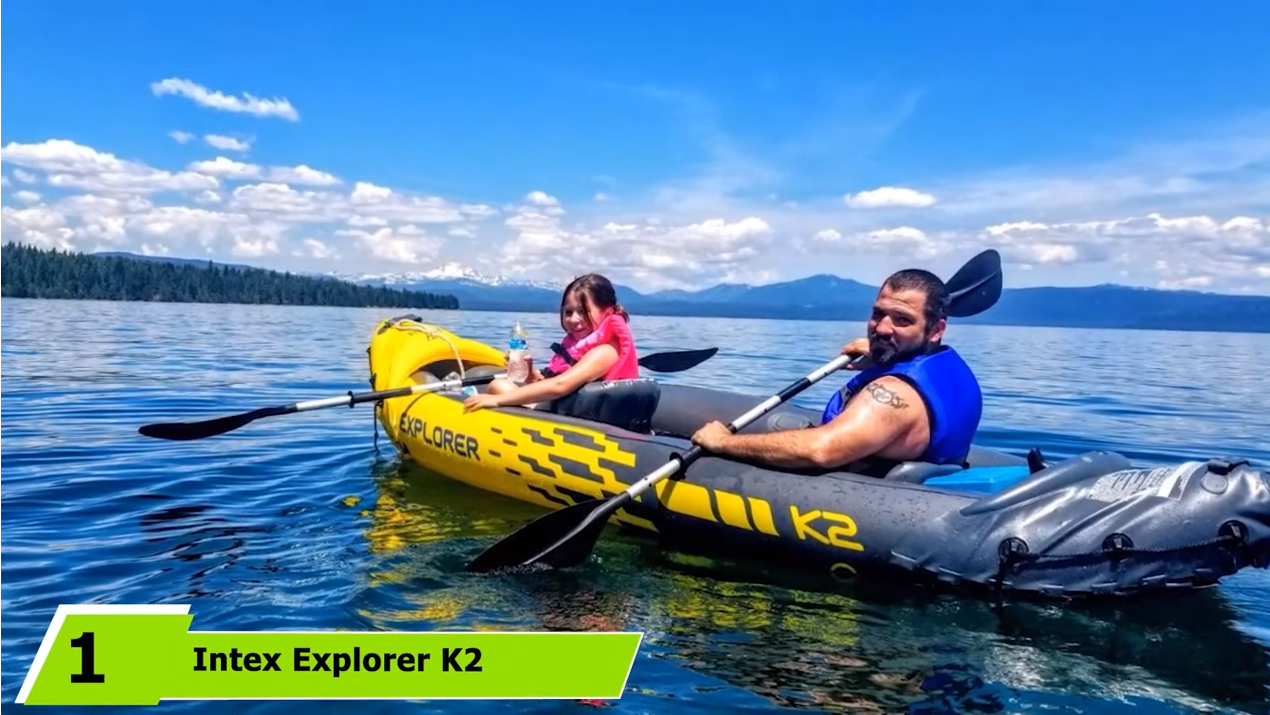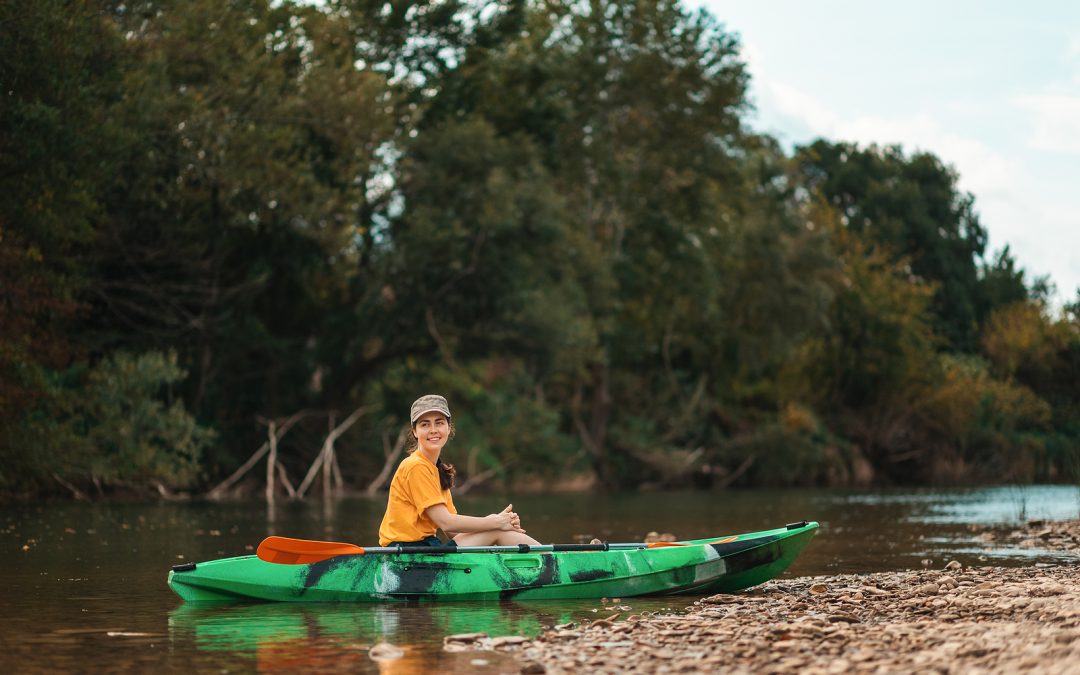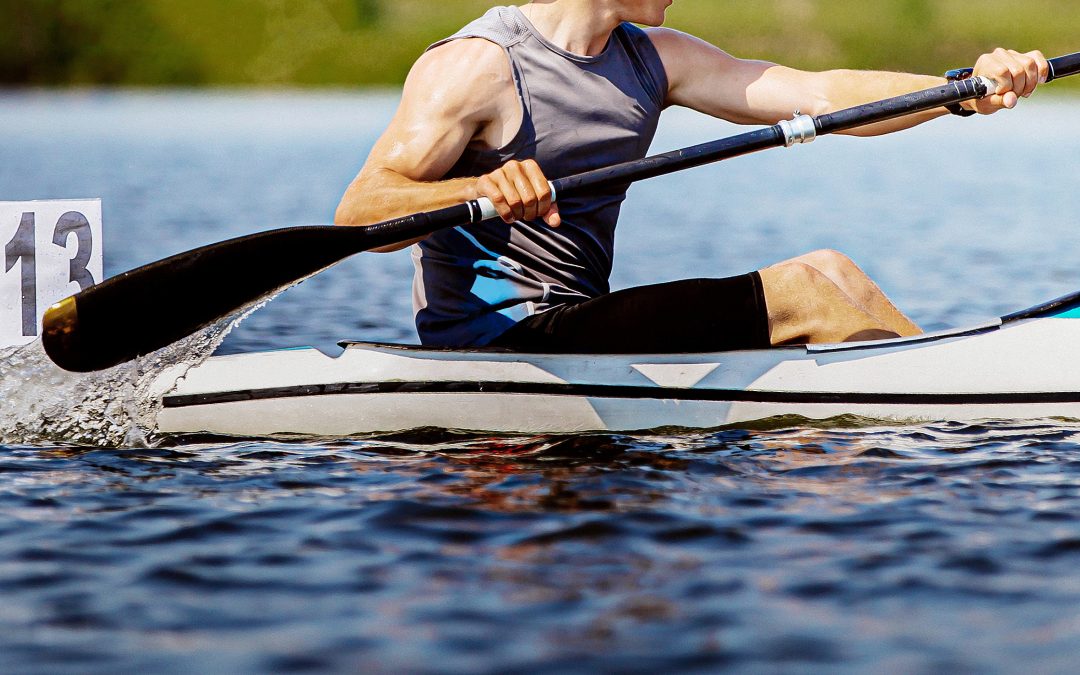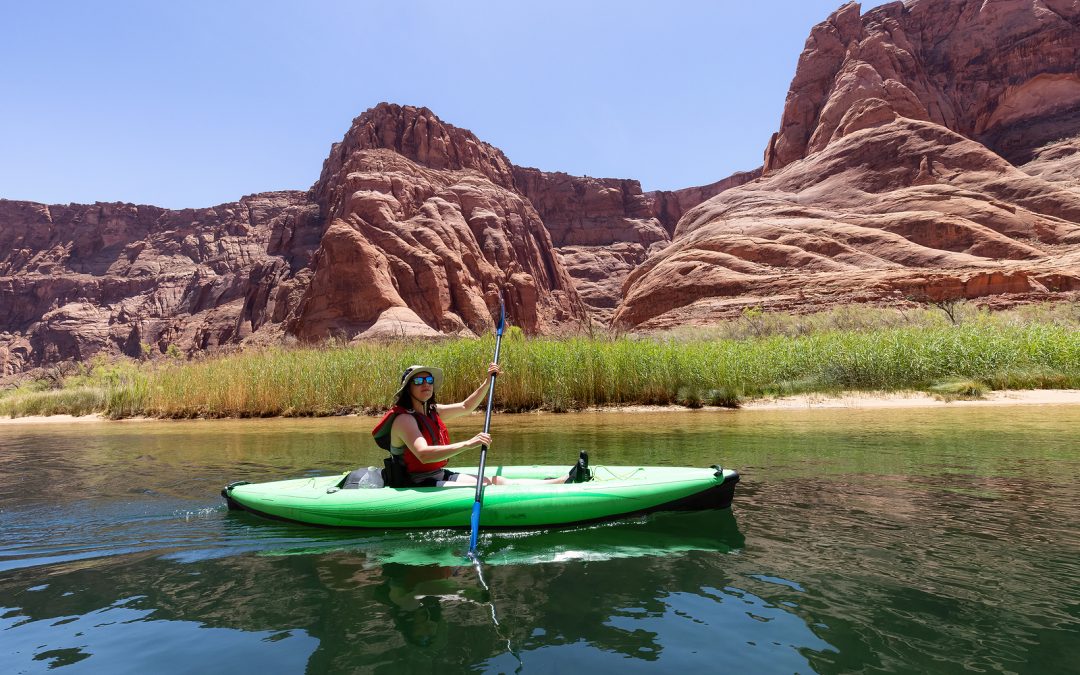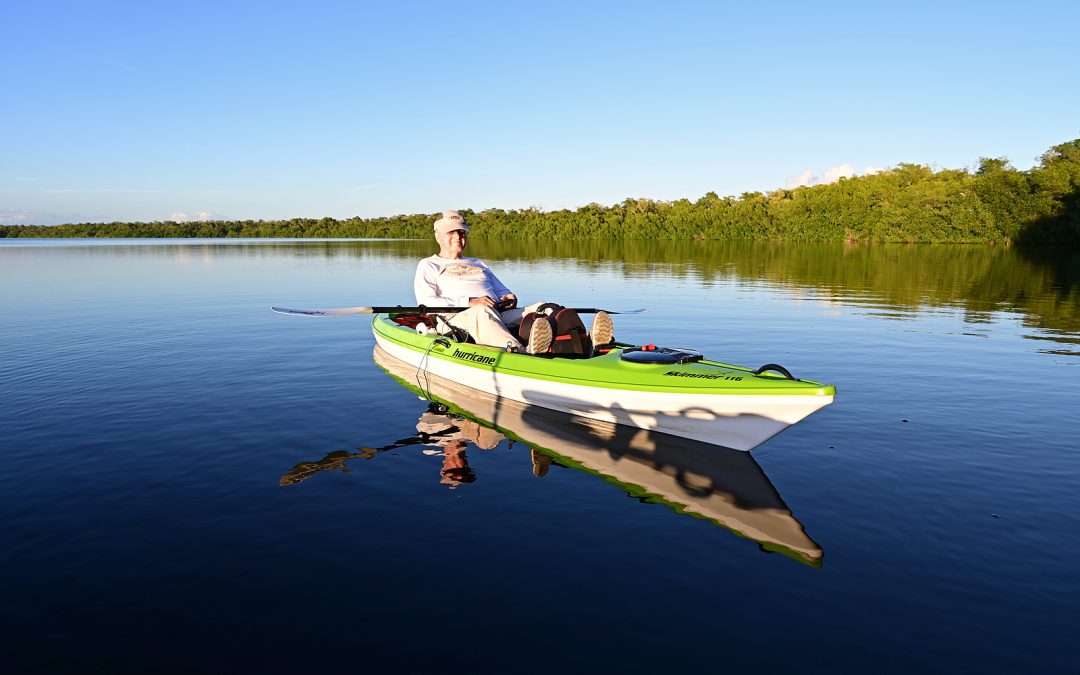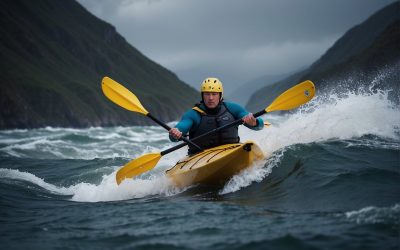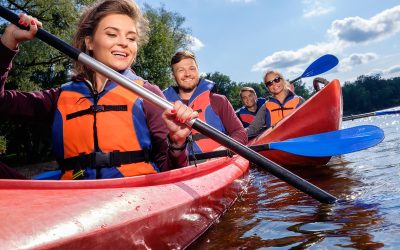Right Size Life Vest, Body Type: Your Essential Guide to the Perfect Fit
Choosing the right size life vest is a crucial aspect of water safety for people of all body types. A life vest, also known as a personal flotation device (PFD), plays a vital role in providing buoyancy and keeping the wearer afloat in various water activities such as boating, fishing, or even just enjoying a day at the beach. It is essential to understand the different types, materials, and features of life vests, as well as the safety regulations and standards, so that you can make an informed decision when selecting the perfect life vest for your body type.

Understanding the importance of life vests goes beyond merely wearing it during water activities. Proper fit and selection of the correct type of life vest tailored to each individual’s unique needs is crucial for ensuring its effectiveness in emergencies. Factors such as body shape, activity, and specific requirements should be taken into consideration when selecting a life vest. Combining the right fit with suitable vest features and materials ensures that the wearer is not only comfortable but also safe while engaging in water activities.
Key Takeaways
- It is crucial to select the right size and type of life vest for your body and activity to ensure effective buoyancy.
- Understanding different life vest features, materials, and safety regulations can help in making an informed decision.
- Proper fit, maintenance, and usage tips contribute to a safe and enjoyable experience during water activities.
Understanding Life Vests and Their Importance

What Is a Life Vest?
A life vest, also known as a life jacket or personal flotation device (PFD), is a vital piece of safety equipment designed to keep the wearer afloat in the water. Life vests are widely used in various water activities such as boating, fishing, and swimming to ensure the user’s safety. The primary function of a life vest is to help the wearer stay afloat and maintain a comfortable position in the water, preventing drowning or other water-related accidents.
Life vests are usually made from buoyant materials like foam or air-filled compartments, which provide the necessary buoyancy to keep the person afloat. In many countries, including the United States, the use of life vests is regulated by organizations like the US Coast Guard (USCG), which sets specific standards for different types of personal flotation devices.
Different Types of Personal Flotation Devices
There are several types of personal flotation devices (PFDs) that cater to different water activities and user preferences. Here is a brief overview of the main types:
- Type I (Offshore Life Jackets): These life jackets provide the highest level of flotation and are suitable for open or rough water conditions. They are designed to turn the wearer face-up even in heavy, choppy waters.
- Type II (Near-Shore Buoyant Vests): These PFDs are suitable for calmer, inland waters where quick rescue is more likely. They provide less buoyancy than Type I but are generally more comfortable to wear.
- Type III (Flotation Aids): These PFDs are designed for specific water activities like kayaking, sailing, or waterskiing. They offer a balance between comfort and buoyancy and are suitable for situations where the wearer expects to be in the water.
- Type IV (Throwable Devices): These are not considered life jackets but are supplementary flotation devices, such as ring buoys or cushion-type devices, meant to be thrown to someone in distress.
- Type V (Special Use Devices): These PFDs are designed for specific activities or conditions, such as rescue work, whitewater rafting, or cold-water immersion. They must be approved by the USCG for the intended use.
Choosing the right life vest involves understanding your water activity and considering factors like buoyancy, comfort, and fit. To ensure maximum safety, always select a life vest that meets the appropriate USCG requirements and is suitable for your body type and intended use.
Selecting the Correct Life Vest for Your Body Type
Importance of Proper Fit
A well-fitted life vest not only ensures optimum comfort but also provides the necessary buoyancy to keep you safe in and around water. Appropriate sizing and fitting are vital for the effectiveness of the life vest. An ill-fitting life vest may lead to restricted movements, or worse, might not provide adequate buoyancy in case of an emergency.
Factors Influencing Life Vest Size and Fit
When choosing a life vest, consider factors such as body type, chest size, weight, and the type of activity you plan to engage in. Life vests are designed to cater to different body shapes and sizes. It is essential to find one that hugs your body snugly without restricting your movements.
- Body Type: Individuals with broader shoulders or larger torsos may need a different life vest compared to those with narrower shoulders or more petite frames.
- Comfort: A comfortable life vest should not restrict your movement but still provide a snug fit.
- Activity: Consider the type of water activity you plan to engage in, as different vests cater to various water sports.
How to Measure for the Right Life Vest
To ensure a proper fit, follow these steps:
- Chest Size: Measure your chest at the widest point, usually at nipple level, using a flexible tape measure.
- Weight: Life vests come with weight guidelines to ensure optimal buoyancy. Make sure the life vest you choose supports your body weight.
- Fitting: Loosen all the straps and put the life vest on. Start with the torso straps, deterring the size and style from the information provided, and adjust them to achieve a snug fit.
- Fit Check: Lift the life vest at your shoulders. If the vest lifts more than an inch, it’s too loose, and if it does not lift at all, it’s too tight.
Remember that proper fitting of a life vest is crucial for your safety and comfort. By considering factors like body type, comfort, fit, buoyancy, weight, and chest size, you can ensure a comfortable and safe experience in the water.
Life Vest Features and Materials

Key Features for Safety and Comfort
When choosing the right size life vest, it’s crucial to consider not only body type but also the features that contribute to safety and comfort. Some key features to look for are:
- Buckle or Zipper: Buckles and zippers are common types of closures on life vests. Both offer secure fastening, but the preference depends on the user. Buckles provide greater adjustability, while zippers offer ease of use and a closer fit.
- Foam: The foam used inside the life vest is essential for its buoyancy and ability to keep the wearer afloat. There are two main types of foam: closed-cell foam and open-cell foam. Closed-cell foam is more common in life vests due to its higher buoyancy and water resistance.
- Shoulder Straps: Adjustable shoulder straps are a valuable feature that allows for a customizable fit and added security, especially important for children’s life vests.
- Handle: A handle on the back of the vest can be useful for assisting in water rescues or helping child wearers stay upright in the water.
Material Varieties and Their Advantages
Life vests are typically constructed from two main materials, each with its advantages:
- Nylon: This is a lightweight, breathable, and durable material commonly found in life vests. Nylon life vests are generally more affordable and are suitable for a wide range of water activities. They are quick to dry and less prone to mildew, making them a popular choice for water sports enthusiasts.
- Neoprene: Neoprene is a durable synthetic rubber material known for its excellent insulation and water resistance. Neoprene life vests provide excellent comfort and body-hugging attributes due to their stretchability. These vests tend to be more expensive than nylon options but often preferred by watersports enthusiasts for a snug fit and increased warmth in colder water conditions.
In conclusion, when selecting the right life vest, it is essential to consider the key features relating to safety and comfort, as well as the advantages provided by different materials. By doing so, it can ensure an enjoyable experience and added protection during water activities.
Life Vest Types and Their Applications
From Type I to Type V PFDs
Personal Flotation Devices (PFDs) or life jackets are classified into five types (Type I to Type V) based on their applications and buoyancy. In general, Type I, II, and III PFDs are suitable for a variety of water activities, while Type IV and V are reserved for specific uses.
Type I PFD offers the highest buoyancy and is designed for rougher water conditions, turning most unconscious wearers face up in the water. These life vests are best suited for offshore cruising or when there is a significant delay in rescue.
Type II PFD has a moderate amount of buoyancy and is best for calmer, inshore waters. It can turn some unconscious wearers face up, but not as effectively as Type I. This type is a popular choice for recreational boating and fishing.
Type III PFD provides less buoyancy than Type I and II but is designed for comfort and freedom of movement. It is best suited for supervised activities, such as sailing and paddle sports, on calm, inland waters with a high likelihood of fast rescue.
Type IV PFD is a throwable device, such as a ring buoy or cushion, used to provide additional assistance to a person in the water. It is not meant to be worn, and it is unsuitable for non-swimmers or unconscious individuals.
Type V PFD is designed for specific activities, such as kayaking, wakeboarding, or paddleboarding. This type often includes features tailored to the specific water sport, such as pockets and attachment points.
Specialty Vests for Water Sports
For individuals interested in water sports, specialty life vests provide additional safety and functionality. Each sport may have unique requirements, so it is essential to choose a vest that matches the activity.
Wakeboarding: Life vests for wakeboarding are typically lightweight, non-bulky, and designed with extra flexibility and impact resistance.
Kayaking: Specialized life vests for kayaking often include pockets for storing small gear and multiple adjustment points to ensure a snug, secure fit to maximize ease of movement while paddling.
Paddleboarding: Life vests for paddleboarders are usually compact, allowing paddlers to maintain their balance on the board. Additionally, they provide extra buoyancy in case of falls.
Tubing: Tubing life vests often have additional impact resistance to protect riders while they bounce behind a boat, maintaining a snug fit throughout the ride.
Paddle sports: Paddle sports vests are versatile and designed for multiple activities like canoeing, rafting, or kayaking, typically featuring cross-chest straps and a high cut at the waist to offer better freedom of movement.
In conclusion, understanding life vest types and their applications is crucial to ensure safety and enhance performance during water-based activities. Choose the appropriate PFD by considering the specific activity, water conditions, and expected rescue time to maximize safety and enjoyment.
Safety Regulations and Standards

Understanding USCG Approval and Ratings
The United States Coast Guard (USCG) has established safety standards for life vests, also known as Personal Flotation Devices (PFDs). They classify PFDs into five categories based on their intended use and performance characteristics:
- Type I PFDs (Off-Shore Life Jackets): Best for open water and rough seas, where rescue may be slow to arrive. These life jackets provide the highest buoyancy and are popular on commercial vessels.
- Type II PFDs (Near-Shore Buoyant Vests): Suitable for calm waters and where quick rescue is expected. Less buoyant than Type I, but often more comfortable to wear.
- Type III PFDs (Flotation Aids): Designed for situations where rescue is likely to be swift. These are generally more comfortable for extended wear and offer freedom of movement.
- Type IV PFDs (Throwable Devices): These include items like buoyant cushions and ring buoys. They are not worn and are used for immediate assistance to someone in distress.
- Type V PFDs (Special Use Devices): Designed for specific activities and must be worn at all times for maximum effectiveness. Examples include inflatable life vests, work vests, and rescue vests.
It is essential to choose a Coast Guard-approved PFD for your intended activity and follow the manufacturer’s guidelines for proper fit and sizing.
Mandatory Safety Requirements for Boaters
Federal and state boating laws outline mandatory safety requirements for PFD usage. Federal law requires that when a vessel is underway, children under 13 years of age must wear their lifejacket. Exceptions are made for when they are below deck or within an enclosed cabin. However, state laws may vary, so it’s essential to check with your state’s boating safety officials for specific regulations.
The US Coast Guard recommends and many states require wearing lifejackets in certain conditions. Properly selecting and wearing a PFD can significantly improve the chances of survival and reduce the risk of drowning.
In addition to choosing the correct type of PFD, it’s important to ensure a proper fit. Life jackets that are too big will ride up around your face, while those too small will fail to keep your body afloat.
In conclusion, understanding and adhering to safety regulations and standards is crucial for a safe and enjoyable boating experience.
Life Vest Usage Tips and Maintenance

How to Wear and Adjust Your Life Vest
Wearing a life vest correctly is essential for water sports enthusiasts, recreational boating, and fishing activities. To wear a life vest properly, follow these steps:
- Loosen all straps and unzip the zipper if it has one.
- Put on the life vest like a jacket or over your head, depending on the design.
- Zip up the zipper if your PFD has one.
- Start at the waist and tighten all the torso straps before moving up to the shoulder straps and tightening them.
For a well-fitted life vest, it should feel snug but not overly tight. In an emergency, a properly adjusted life vest will provide the necessary buoyancy to keep the wearer afloat in the water.
Remember, sizing life vests for adults is generally based on chest size, while children’s vests are categorized by weight (Infant PFDs: 8-30 pounds, Child PFDs: 30-50 pounds, Youth PFDs: 50-90 pounds).
Maintenance and Care for Longevity
A well-maintained life vest ensures that it remains effective for personal watercraft users and watersports enthusiasts. Follow these maintenance tips to prolong the life of your life vest:
- Inspect the life vest regularly for rips, frayed seams, or damaged buckles and zippers. Repair or replace it if necessary.
- Rinse the life vest with fresh water after each use, especially after being in saltwater or dirty water.
- Avoid direct sunlight when storing your life vest, as prolonged exposure can weaken the fabric and reduce its effectiveness.
- Hang it up to dry in a well-ventilated area, avoiding direct heat sources or folding it when wet, as this can cause mildew and damage the foam.
- Store your life vest in a cool, dry place with good ventilation during the off-season.
Following these usage tips and maintenance practices will help ensure your safety and preserve the longevity of your life vest.
Considerations for Specific Groups

Life Vests for Children and Infants
When choosing a life vest for children and infants, safety is the top priority. Children’s life vests are designed with additional flotation at the shoulders for head support. They also include a grab handle for easier retrieval in case of an emergency. It is critical to select an appropriate weight range and ensure the vest fits snugly without any gap between the vest and the child’s body. Infants’ vests often come with crotch straps for added security. It’s also essential to choose a life vest with US Coast Guard approval.
- Weight ranges for child PFDs:
- Infant: 8 to 30 lbs
- Child: 30 to 50 lbs
- Youth: 50 to 90 lbs
Choosing the Right Life Vest for Women
Life vests for women need to factor in the unique body shapes and sizes. Companies are now designing vests specifically tailored to women, providing improved comfort and safety. Some of these designs incorporate a shorter waist, additional bust support, or adjustable straps for a more secure and comfortable fit. Always try on a few vests to ensure proper sizing and remember to tighten all the straps starting at the waist to achieve the best fit.
Vest Options for Non-Swimmers and Pets
Non-swimmers should consider life vests that offer additional buoyancy and support, such as Type II or III PFDs. Type II PFDs provide more buoyancy than Type III, making them suitable for weak swimmers or those who aren’t confident in the water. Type III PFDs are more comfortable, allowing for greater freedom of movement. However, they require the individual to remain conscious in order to maintain a safe face-up position in the water.
For pet owners, it’s essential to consider a life vest for your dog, especially if they will be accompanying you on water adventures. Dog life vests are designed to provide buoyancy and visibility, helping keep your beloved pet safe while swimming. They usually have a grab handle for easy retrieval and come in various sizes, accommodating different dog breeds. Remember to measure your pet’s girth and length to ensure a proper fit.
Advanced and Miscellaneous Topics

Hybrid and Inflatable PFDs
Hybrid and inflatable PFDs offer a balance between comfort and safety, especially for boating enthusiasts who are looking for less bulkier options. Hybrid flotation devices combine the benefits of both inherently buoyant and inflatable life vests. These life jackets typically have foam padding for inherent buoyancy and also include an inflatable chamber. They offer a more comfortable fit while still providing adequate buoyancy in an emergency situation.
Inflatable life vests, on the other hand, rely on inflation to provide buoyancy. They can be manually inflated by pulling a cord or automatically inflated upon immersion in water. Inflatable PFDs are popular for their low profile and greater freedom of movement, making them suitable for activities like kayaking and fishing. However, it is essential to regularly inspect and maintain them to ensure proper functionality.
Environmental Factors Affecting Vest Performance
When choosing a life vest, it’s important to consider the environmental factors that could impact its performance. Here are some factors to take into account:
- Water Temperature: Cold water can cause hypothermia, and a well-fitted life jacket helps to reduce heat loss. Some life vests offer added thermal protection, which may be helpful for those who spend extended periods in colder waters.
- Visibility: In poor visibility conditions, brightly colored life vests or those with reflective material increase the chances of being spotted by rescuers.
- Water Currents: Strong currents can make it difficult to stay afloat, so it’s important to choose a life vest with enough buoyancy to counteract the force of the water.
To summarize, when choosing a life vest, it’s important to consider hybrid and inflatable options as well as the environmental factors that might affect its performance. Carefully evaluating these aspects will help ensure that you select the most suitable PFD for your needs, ultimately providing you with a safer and more enjoyable experience on the water.
Frequently Asked Questions
How do I determine the correct life jacket size for my weight?
Life jackets are designed with different weight capacities. To determine the right size, first, identify your weight range and choose a life jacket that matches it. For example, some life jackets cater to people weighing 90 lbs and above, while others may cater to 30-50 lbs. It’s essential to check the manufacturer’s guidelines on weight capacities for specific life jackets.
What measurements are crucial for a proper adult life jacket fit?
Measuring your chest circumference is a critical step in determining the appropriate life jacket size. Start by wrapping a measuring tape around the widest part of your chest. Follow the manufacturer’s size chart to find the right fit based on your chest measurement. Remember that different brands may have different sizing standards, so always refer to their size chart. The proper fit of a life vest ensures comfort and safety during water activities. REI offers a guide on how to get the right fit for your PFD.
How can I choose the best life vest for different water activities?
Different life vests are designed for specific water activities. Here are a few examples:
- Kayaking or small boating: Choose a life vest with enhanced mobility, such as one with large armhole openings to facilitate paddling.
- Fishing: Opt for fishing-specific life vests, often featuring extra pockets to store gear and tools.
- Watersports: People participating in water sports, such as wakeboarding or water skiing, typically use life vests with impact protection.
When deciding, remember to prioritize safety features, comfort, and ease of movement in your chosen life vest.
What should I consider when selecting a life jacket for a child?
First, ensure the life jacket is U.S. Coast Guard-approved. Then, consider the child’s weight, as children’s life jackets have weight-based categories. Further, uscgboating.org highlights that children under 13 years old must wear life jackets when on a vessel that is underway. Opt for brightly colored life vests with a head-support collar for added safety.
Can you explain the differences in life jacket types and their uses?
Life jackets come in various types, each designed for specific purposes. According to the BoatUS Foundation, some common life jacket types include:
- Type I: offshore life jackets, designed for open water and rough conditions.
- Type II: near-shore buoyant vests, suitable for calm inland water.
- Type III: flotation aids, ideal for water sports and activities requiring enhanced freedom of movement.
- Type IV: throwable devices, such as life rings or cushions.
- Type V: special use jackets, like paddling vests or sailboarding harnesses.
How does a woman’s body shape affect life vest sizing and selection?
When selecting a life vest for women, consider different body shapes and unique contours. Some life vests are designed specifically for women, offering better fit and comfort. They feature adjustable straps for customization and narrower chest panels. It’s essential to find a life jacket that accommodates women’s curves and provides ample room for ample freedom of movement. Always refer to a manufacturer’s sizing chart to ensure the proper fit.
Conclusion

When it comes to selecting the right life vest, it is crucial to consider the wearer’s body type and the intended activity. A properly-fitting life vest ensures safety and comfort while participating in water-based activities. Here are some key factors to keep in mind:
- Body size and weight: Different life vests accommodate different body sizes and weights. Ensure to choose a life vest that corresponds with the wearer’s size and weight, as this directly impacts the vest’s effectiveness. For example, children’s life vests are designed according to specific weight ranges.
- Activity type: The choice of life vest should be influenced by the nature of the planned activity – whether it is for boating, kayaking, or other water sports. Each activity requires a specific type of life vest designed for optimum safety and buoyancy. Take a moment to learn about the different life jacket types and PFDs that cater to various activities.
- Proper fit and adjustability: A life vest should fit snugly yet comfortably, allowing the wearer the freedom to move without constraint. Look for life vests with wide adjustability features to accommodate varying body sizes. Trying on the life vest and checking for a secure fit is essential before moving forward with a purchase.
- Condition and quality: Any life vest must be in excellent condition to ensure safety in the water. Inspect the chosen life vest for signs of damage such as holes or tears, and make sure it meets the necessary safety requirements.
In summary, selecting the right life vest involves careful consideration of body size, weight, activity type, proper fit, and condition. By taking these factors into account, water enthusiasts can ensure their safety and enjoy their time out on the water with confidence.

